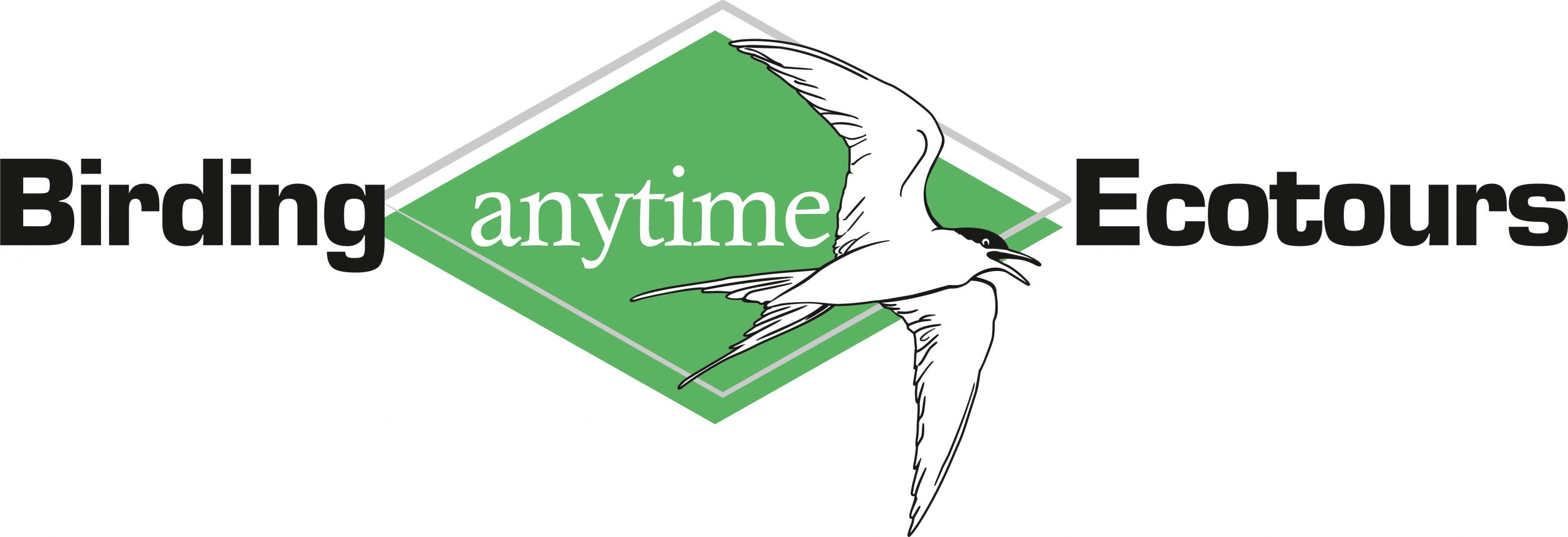With its combination of superb scenery, accessible endemic birds, abundant game, and excellent infrastructure, Namibia has a great deal to offer traveling wildlife enthusiasts.
Much of the southern and western parts of the country are covered by the spectacular Namib desert – stark stony plains in the north and south, with sand sea in-between. Despite its arid nature this is home to several lion prides and elephant troops. The stark ‘skeleton’ coast is stunningly beautiful.
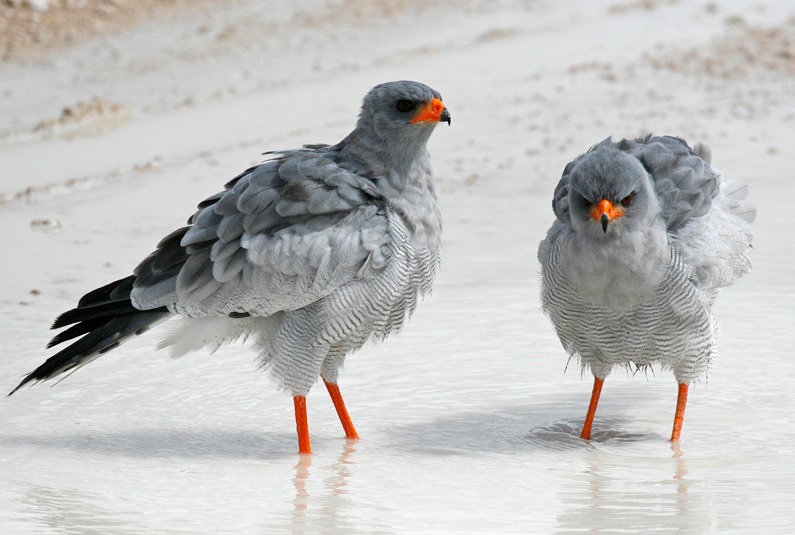
Running roughly down the centre of the country is the Namibian escarpment, cloaked largely with arid woodland and hosting many of the country’s special birds.
In the far north, beyond the famous game reserve of Etosha, lies the relatively low-lying plain of Ovamboland, where much of the country’s mere 1.5 million people live. The northern border with Angola is delineated by the Cunene River, which provides several bird specials. East of Ovamboland, a peculiar finger of land along of the Kavango and Zambezi Rivers forms the Caprivi Strip, and offers tropical birding quite unlike that of the rest of the country.
The country possesses just one true endemic (Dune Lark, a Namib special).
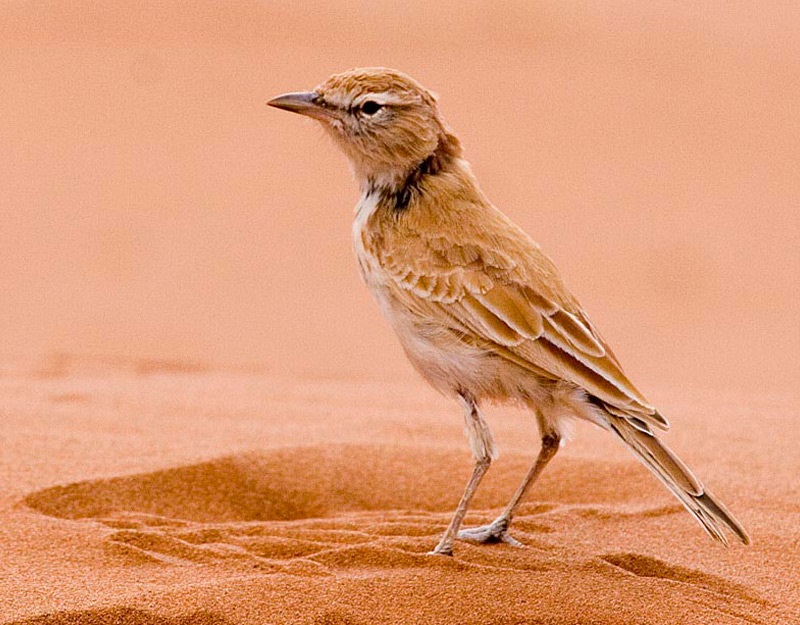
However, a further host of near-endemics extend only marginally into inaccessible Angola, are most easily found in Namibia. These include Gray’s Lark, Rüppell’s Korhaan and Herero Chat in the Namib desert, and escarpment specials such as White-tailed Shrike, Violet Woodhoopoe, Rockrunner, Bare-cheeked Babbler, Rüppell’s Parrot, Carp’s Black Tit and Hartlaub’s Francolin.
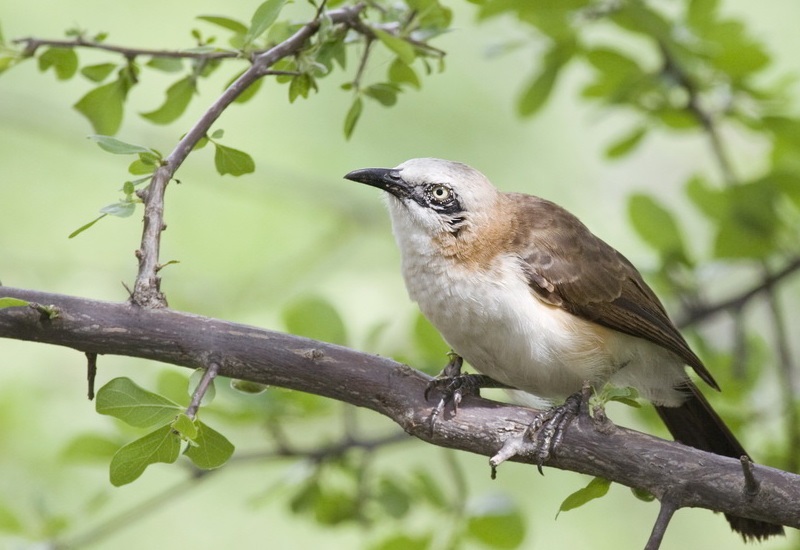
The Cunene River basin in far northern Ovamboland is possibly the best place in the world to find the romantically-named Cinderella Waxbill, and in the southern African region Grey Kestrel and Rufous-tailed Palm Thrush are found only here. Heading eastwards, the moist Caprivi strip offers easy access to Okavango specials such as Slaty Egret, as well as superb woodland birding including Sharp-tailed Starling.
There are many excellent places to see wildlife, a few of which are listed below:
Erongo Mountains (Map)
Located in central Namibia, this is one of Namibia’s top birding spots. The area is particularly good to see species such as Hartlaub’s Francolin, Rockrunner, Short-toed Rock Thrush and Freckled Nightjar, Bearded, Bennett’s, Golden-tailed and Cardinal Woodpeckers.
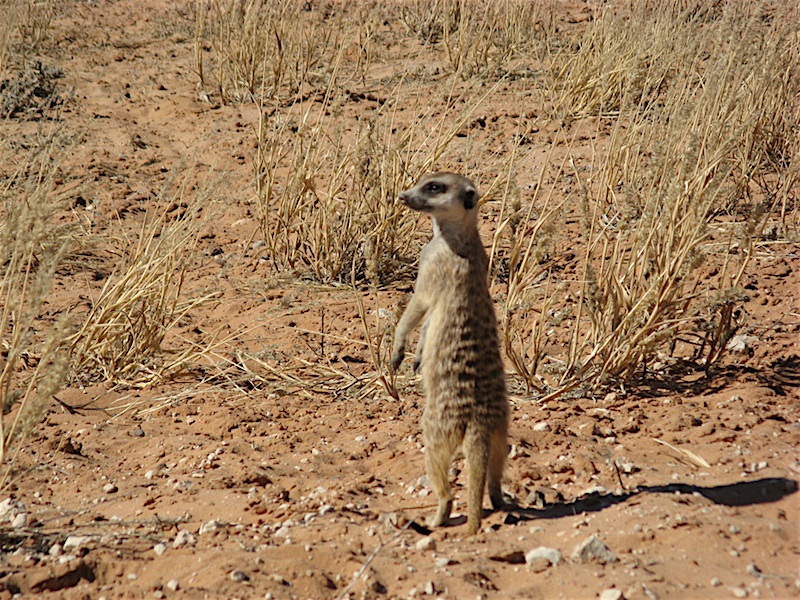
Etosha National Park (Map)
The summers are ideal for birding in Etosha National Park. While game viewing benefits from dry conditions, the summer rains turn some of the vast pans into seasonal lakes and attract migratory and wetland species. Etosha is home to 340 bird species, about a third of which are migratory. The avian residents of the park make up an eclectic mix that ranges from flamingos to the colourful lilac-breasted roller and eagles soaring high above. But it is also home to some ot the most sought-after mammals, such as rhino and elephant.
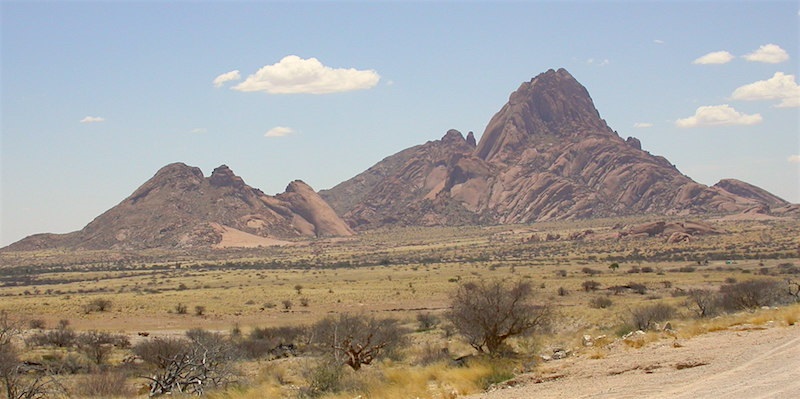
Spitzkoppe (Map)
The Spitzkoppe is a large granite inselberg that rises 600 meters above the surrounding plains. Its resemblance to the famous Swiss mountain earned it the name of the Matterhorn of Africa. Birds include: African Black or Verreaux’s Eagle, Augur Buzzard, Hartlaub’s Francolin, Ludwig’s Bustard, Ruppell’s Korhaan, Ruppell’s Parrot, Rosy-faced Lovebird, Bradfield’s Swift, Monteiro’s Hornbill, Stark’s Lark, Gray’s Lark, Long-billed Lark, Carp’s Black Tit, Bare-cheeked Babbler, Herero Chat, Rock-runner, White-tailed Shrike, Dusky Sunbird.
Walvis Bay Wetlands (Map)
The Walvis Bay wetlands form the most extensive shallow coastal wetland in southern Africa. The lagoon supports a great number of resident wetland birds as well as numerous palearctic and intra-African species. Birds include: African Black Oystercatcher, Damara Tern, Hartlaub’s Gull, South African Shelduck, Cape Cormorant, Cape Gannet, White-fronted Plover, Chestnut-banded Plover, Terek Sandpiper, Grey and Red-necked Phalarope.
Caprivi Strip
Caprivi, sometimes called the Caprivi Strip, Caprivi Panhandle, Okavango Strip, or Okavango Panhandle] and formerly known as Itenge, is a narrow protrusion of Namibia eastwards from the Kavango Region about 450 km (280 mi), between Botswana to the south, and Angola and Zambia to the north. Caprivi is bordered by the Okavango, Kwando, Chobe and Zambezi rivers. Its largest settlement is the town of Katima Mulilo. The strip is administratively divided between the eastern Zambezi Region and the western Kavango East Region.
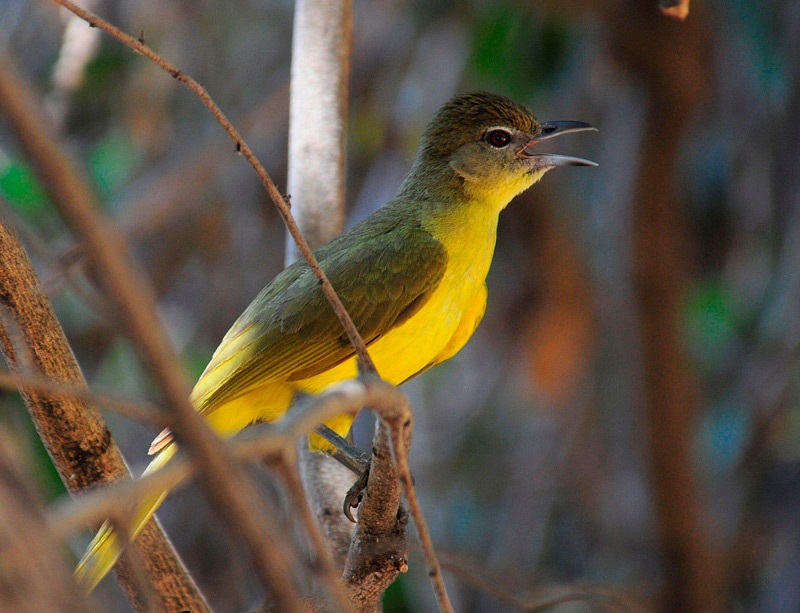
The area is rich in wildlife and has mineral resources. Of particular interest to the government of Namibia is that it gives access to the Zambezi River and thereby a potential trading route to Africa’s East Coast. However, the vagaries of the river level, various rapids, the presence of Victoria Falls downstream make this use of the Caprivi Strip unlikely, although it may be used for more ecotourism. An incredible 450 bird species have been recorded in this relatively small area.
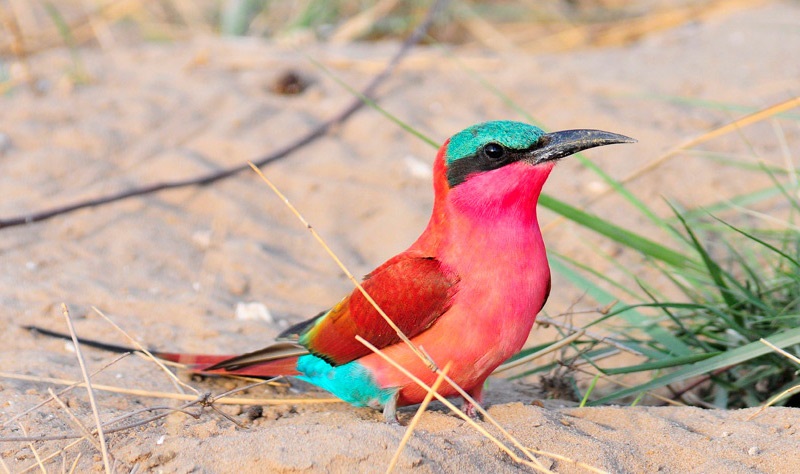
For birders in pursuit of Okavango specials, such as Southern Carmine Bee-Eater, Pel’s Fishing Owl, Slaty Egret and Coppery-tailed Coucal it has the distinct advantage of costing a fraction of the amount one would spend on a journey in neighbouring Botswana. Water birds such as Lesser Moorhen, Allen’s Gallinule, African Crake, African Snipe and Black Crake are regular and African Reed Warbler, Yellow-crowned (Golden) Bishop, Red-shouldered Widow and Common Waxbill are common.
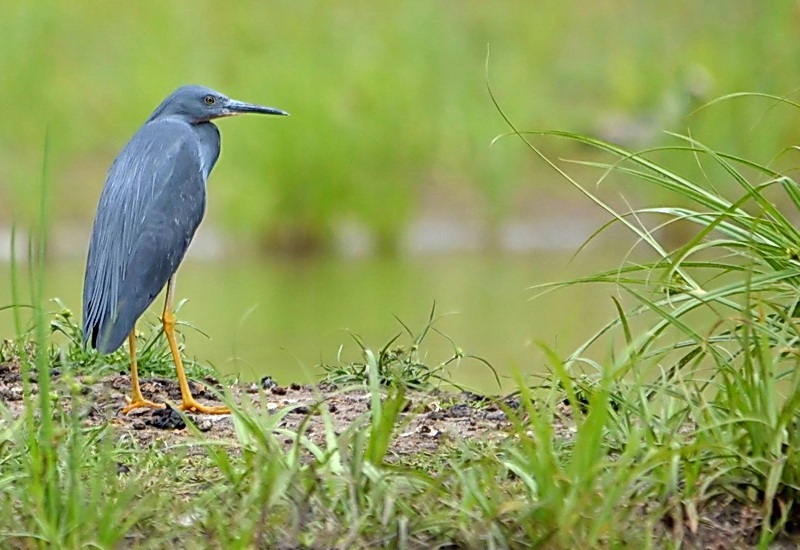
Acacia thickets and trees are perfect for a variety of species, such as White-bellied Sunbird, Burnt-necked Eremomela, Long-billed Crombec, Diederik Cuckoo, Little Bee-eater, Black-eyed Bulbul, Groundscraper Thrush and Brubru. Purple-banded Sunbird, Orange-breasted Bush Shrike, Parasitic Weaver (Cuckoo Finch) and Capped Wheatear can be found in more open areas, with Temminck’s and Burchell’s Courser possible. African Little Sparrowhawk, African Goshawk and Shikra (Little-banded Goshawk) the list goes on and on. Other species include Golden-tailed, Cardinal and Bearded Woodpeckers, African Green Pigeon and Black-collared Barbet. African Cuckoo Falcon, Pale Flycatcher, Bradfield’s Hornbill, Mosque Swallow to name but a few.
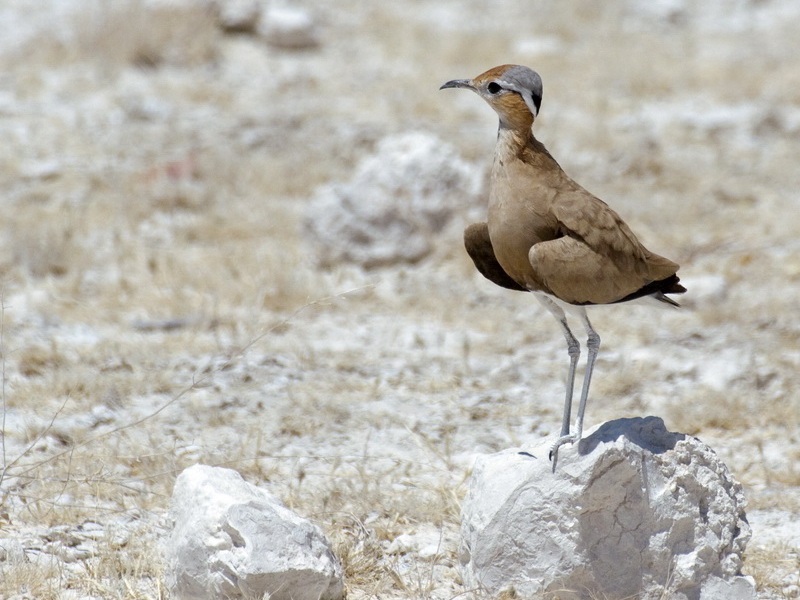
Within Namibia the Caprivi Strip provides significant habitat for the critically endangered African Wild Dog Lycaon pictus. It is a corridor for
African Elephant moving from Botswana and Namibia into Angola, Zambia and Zimbabwe. National Parks found in the Caprivi Strip are Bwabwata National, Mudumu National Park and Nkasa Rupara National. Local communities have organised themselves into communal area conservancies and community forests. People work closely with the Namibian Government to jointly manage natural resources through several programmes set up between the Namibian Government and various donors.
Text Source Fatbirder
Photo Source Birding Ecotours
Map Source: Google Maps
